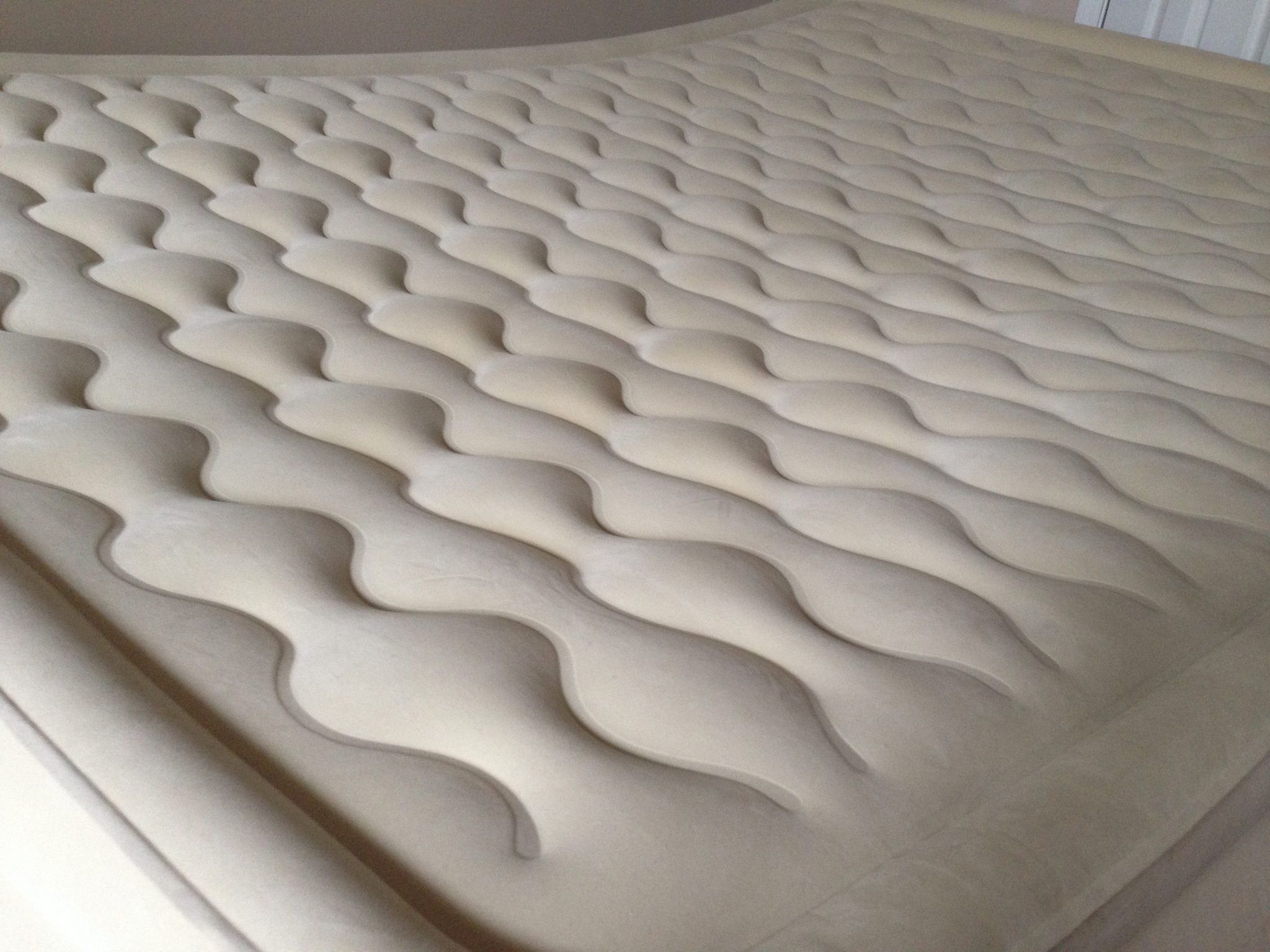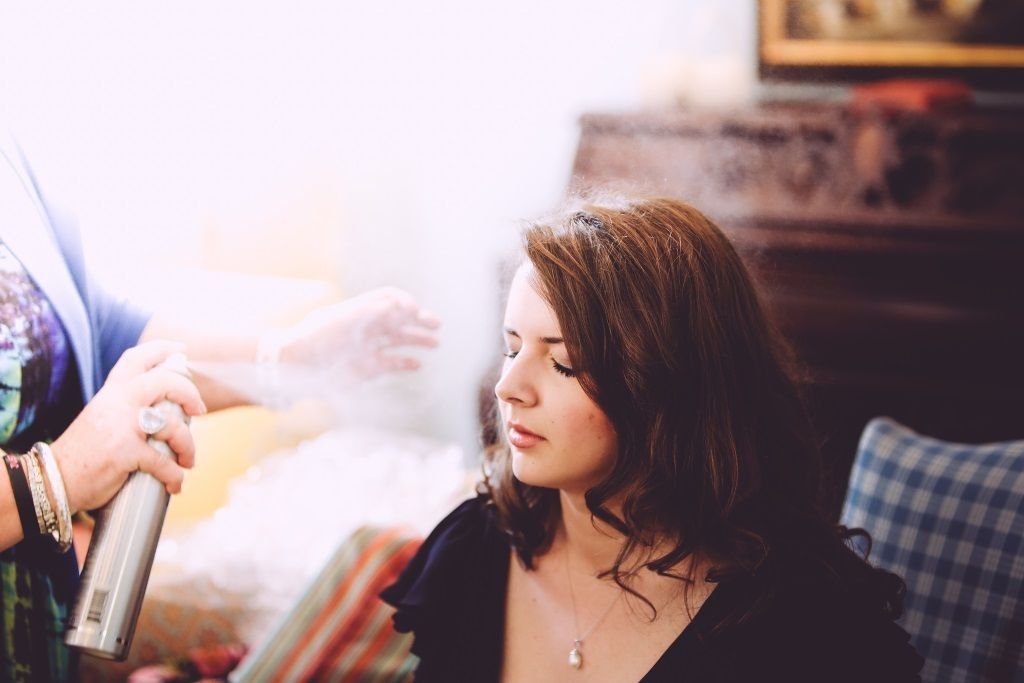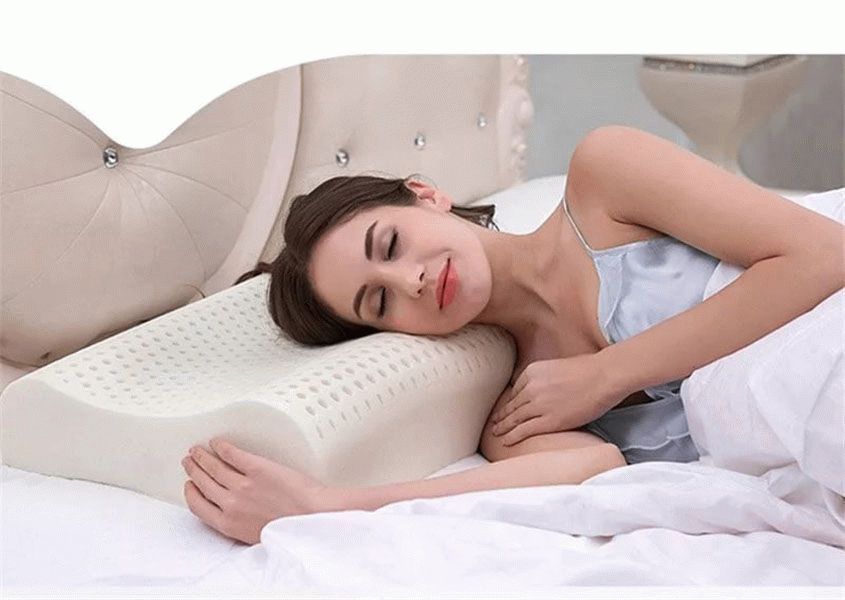Ranking of the best piano manufacturers for 2020
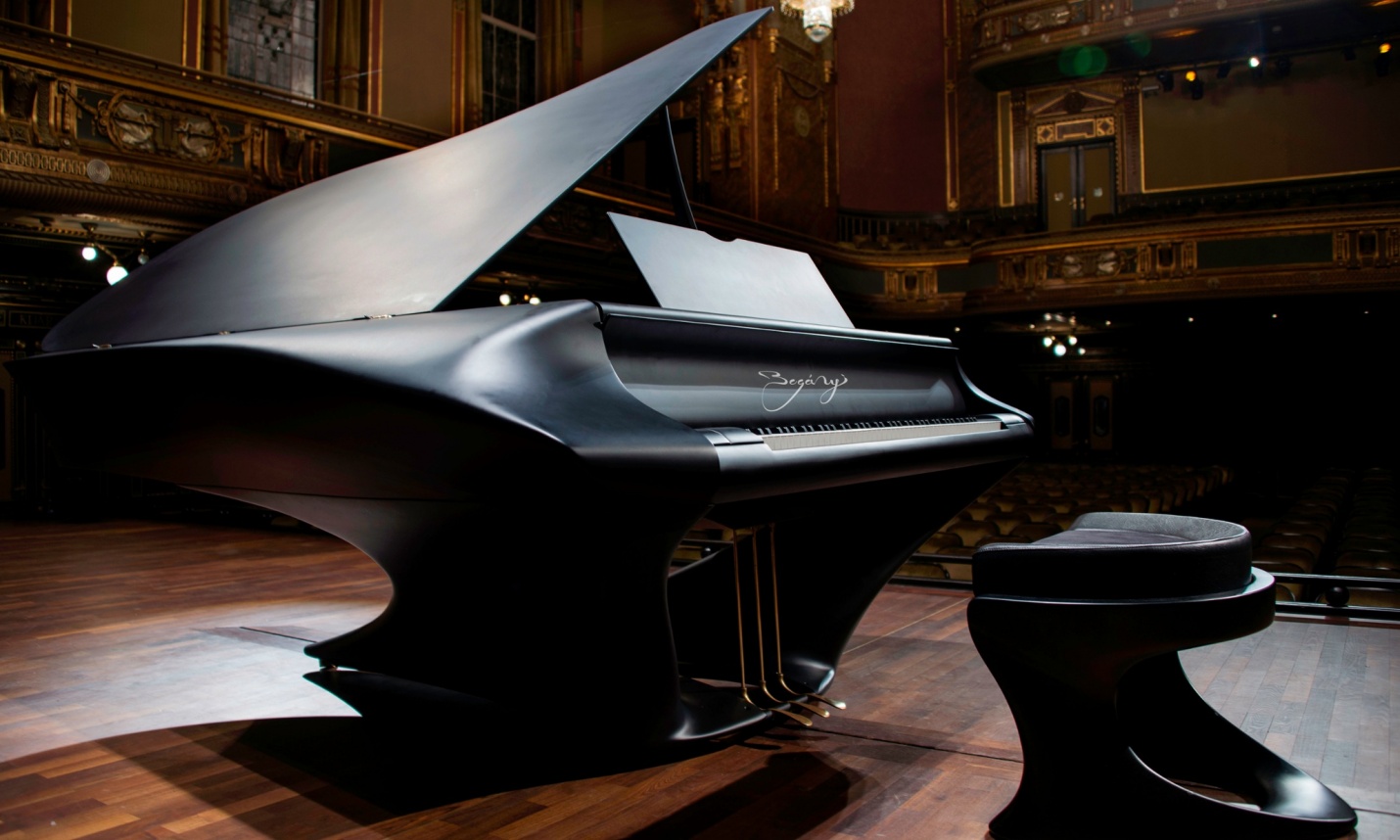
The grand piano has been filling concert halls, private houses and apartments with its beauty and harmony for many years. At the turn of the century, he was in every palace, estate and apartment, even among middle-class people. In the middle of the last century, a period of enthusiasm for electronic instruments began.
Today there is a return to the former great tradition. Acoustic devices reappear in homes and halls. Pianos were, are and will be an indicator of prestige, social status and, above all, the cultural and artistic aspirations of their owners.
In this article, we will talk about the best piano manufacturers for 2020.
A bit of history
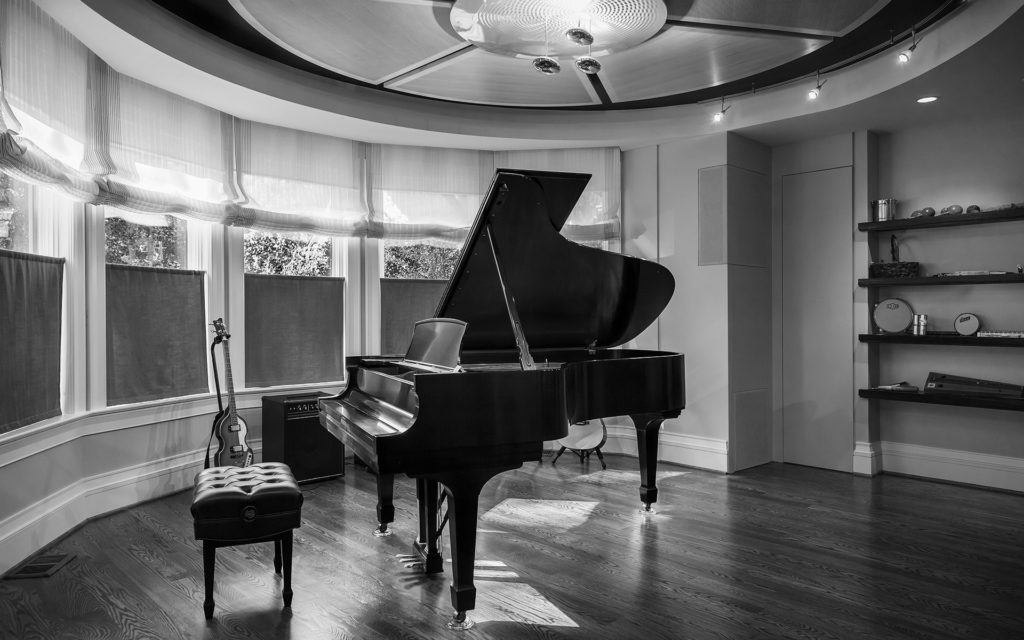
The piano is a musical instrument with a very long history of development. Back in the 15th century, these first keyboards were developed, known as the harpsichord or clavichord. The history of the piano dates back to 1709. At that time, Bartolomeo Cristofori, who lived in Padua, following the wishes and suggestions of the French composer Couperin, created an instrument in which hammers struck the strings with a force dependent on the force with which the keys were pressed.
This innovative solution allowed musicians to change the volume of the sound they made. The lack of this function was previously a disadvantage of musical devices that can be considered the ancestors of pianos (organs, harpsichords). The sounds produced from the plucked strings had the same intensity each time, and as a result, the music had a uniform and monotonous sound. Thanks to the hammers used by the Italian designer to hit the strings, it was possible to get more pronounced sounds and bright, loud, emotional music.
Name history
This instrument was not immediately called "piano", it was originally given the name "Hammerklavier", which literally meant a string keyboard or hammer. The reflection of this characteristic was recreated in its later name, because the word "piano" comes from two Italian words "forte" and "piano", which means "loud" and "quiet" in translation.
Since the creation of the first piano over the decades, more and more labels have been created around the world. The greatest period of glory for piano makers came in the 19th century.
Piano Use and Care
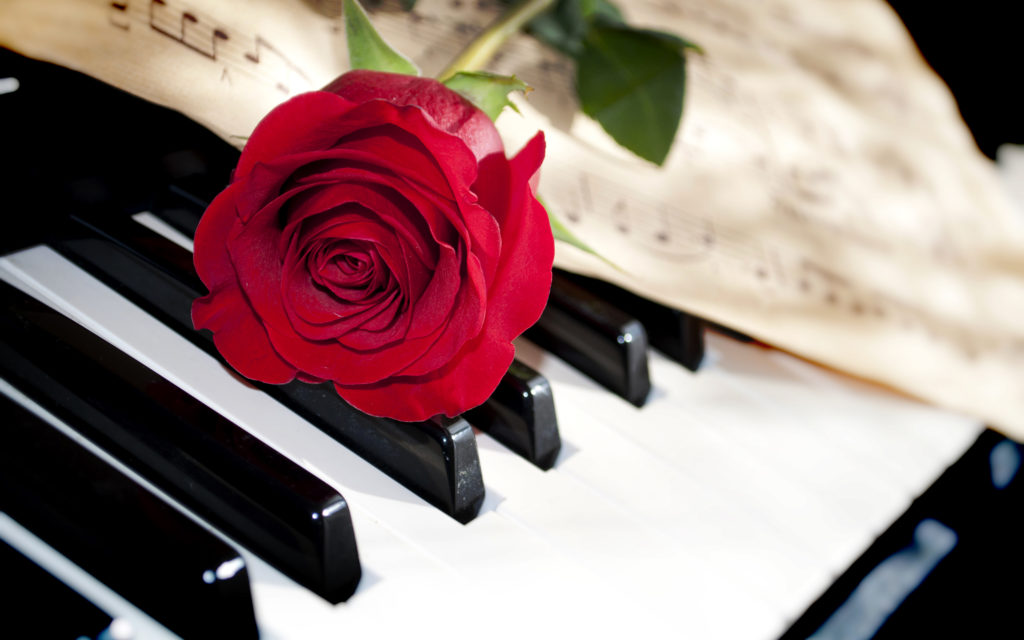
The piano is very sensitive to changes in temperature and humidity. Complex mechanisms made of wood and metal elements joined together, felt and many other materials. Fluctuations in temperature and humidity that affect the piano cause the entire structure to “work”, which negatively affects the accuracy of its operation. If these fluctuations are significant, this can lead to detuning of the device and even to its irreversible damage.For this reason, it is necessary to control the temperature and humidity in the room where the piano is located. Optimal conditions for a piano are a constant temperature of about 20 degrees and humidity in the 45-70% range.
During the heating season, when the outside temperature is low, the indoor humidity sometimes drops significantly below the permissible limit. To counteract this, the use of a humidifier is recommended. To avoid exposing it to additional temperature fluctuations, do not install the piano near windows, front doors, radiators or fireplaces.
The next important thing is to protect from direct sunlight. Their surface is sensitive to the sun. Prolonged intense sunlight can cause discoloration or discoloration, resulting in surface damage. The risk of damage is also associated with the fact that the piano (especially black), when exposed to intense sunlight, quickly heats up to relatively high temperatures.
When choosing a place where the piano should stand, it is necessary to take into account the location of the windows in the room. It can also be protected from the sun with a lid or simply by covering it with a sheet.
Use a soft dry cloth or slightly damp leather cloth to clean the surface. The keyboard should be wiped with a slightly damp cloth, being careful not to get water between the keys.
For a piano to function properly, it must be tuned systematically. The standard setting should be done every six months.
When you need to transport from one place to another, it is worth looking for a specialized shipping company. This is important because such items are valuable, and because of their heavy weight and size, they are easily damaged by improper transportation. If people who know how to secure a piano and have special transportation equipment deal with it, your musical instrument will be safe.
Popular manufacturers and global brands
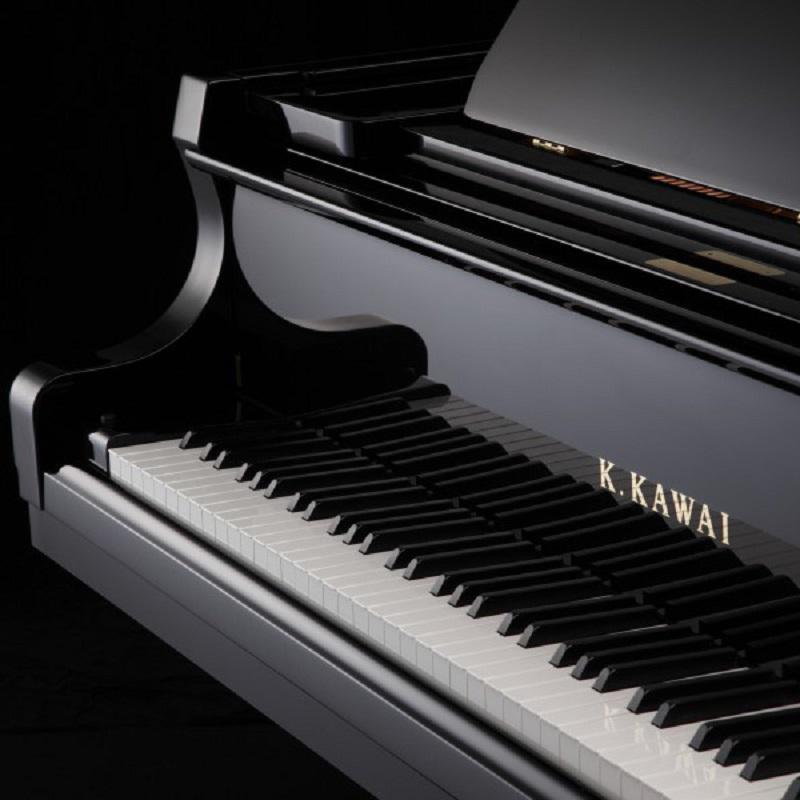
Currently, the best manufacturers in the world are: Steinway and Sons, Ignaz Bosendorfer, Carl Bechstein, Bluthner, Paolo Fazioli, Yamaha, Kawai and others.
- K. Bechstein's Royal Piano Workshops.
Since 1853, they have been honored with the most prestigious concert halls in the world. The best of the best, elite among elite, perfect concert pianos. Masterpieces of piano art that no other brand can match.
"Piano music should be written only for K. Bechstein ..." - Claude Debussy
W. Hoffmann's professional pianos are at the forefront of European instruments.
Excellent mechanism, reliable performance, noble sound and use of a "duplex" scale - these are the qualities that make W. Hoffmann pianos unrivaled by other European and Japanese brands.
Manufacturer: C. Bechstein, Europe.
- Petrof.
The new Petrof pianos, completely rebuilt after 2000, are constantly gaining recognition among pianists. They surprise with their excellent, warm sound and timeless body silhouette.
- Sauter.
Great upright pianos with a warm, romantic sound and fantastic mechanics. The Sauter piano is an excellent choice for connoisseurs of art in the broadest sense. The Sauter piano attracts attention with its modern, but extremely harmonious body silhouette, created by the best European stylists. The Sauter brand represents 21st century instruments built in the oldest German factories.
- Schulze Pollmann.
Wonderful Italian pianos.
- Italian grand pianos Schulze Pollmann.
Made from alpine spruce wood from the same regions from which Stradivari wood was mined for the production of their wonderful violins. Each Schulze Pollmann piano is individually certified Ciresa val di Fiemme, confirming the authenticity of the origin of the wood. Like the Stradivarius violin, the Schulze Pollmann piano is also distinguished by its excellent sound.
- Kingsburg - American sound at an attractive price
Kingsburg pianos are high quality teaching instruments at sensational prices. Kingsburg pianos are made from traditional materials with no plastic elements. They offer very good workmanship and a full, warm sound.
- Gary Pons - the highest level of luxury.
Unique and unique, Gary Pons pianos combine tradition and innovation. The exclusive Plexart collection is a unique design and subtle charm of French grace.
- Yamaha - the piano for every budget.
Yamaha does not specialize solely in the production of pianos - the wide offer of this corporation includes, among others: motorcycles, audio equipment, studio equipment, guitars, wind and percussion instruments, violin, keyboards. Yamaha musical instruments are manufactured in Japan, Indonesia, and a factory in China.
- Kawai is a piano for everyone.
Kawaii is one of the forerunners of the use of plastic elements in piano mechanisms. The use of ABS plastic has significantly reduced manufacturing costs and therefore costs.
Kawai's relatively low price and intense marketing activities have ranked Kawai as the second most popular Asian manufacturer.
Buying Tips
First of all, you should like the tool. This is the first criterion.
As a rule, for small rooms, it is better to choose lower grand pianos of 105 - 110 cm. If the room is more than 20 m2, such a piano will look like a bedside table, and it is better to buy a piano 120 - 130 cm higher. In general, taller pianos have a more powerful and fuller sound and may be too loud in a small room. It is very important to match the style and color of the body of the musical instrument to the interior.
About construction
The most important and fundamental thing about a grand piano is its construction, which must be stable enough to withstand a string tension of up to 24 tons. To withstand such loads, the tool must have an all-metal frame.
The next important element of the piano is the mechanism that is responsible for transmitting the movement of the finger and, therefore, the key of the hammer striking the string. There are two types of piano mechanisms available on the market. The mechanism is an older type, high-tech and more modern, which is also used in instruments from 1910 to the present, the so-called dolnotłumikowy.
The difference between the two is that the damper, which is responsible for attenuating sound after impact, is located above the hammers in the high damper mechanism. In a modern low-fader mechanism, the faders themselves are placed under the hammers, closer to the center of the string, making the string damping much better. It's easy to find out. The type of mechanism is easily recognizable and should be done as follows. If you are facing the piano, open the top cover and look down from the top. If all the hammers are visible directly below us, this means that we are dealing with a newer type of mechanism - the lower damper. However, when looking at the mechanism from above, we see a flat wooden strip with the whole mechanism at the bottom.
Elements of mechanics
The next elements that define the functionality of a piano are strings, decks and pins. They are responsible for the quality of the extracted sound, its volume and timbre. The dowel pins on which the thread is wound must be firmly seated on the tuning board so that they can hold the thread in a fixed position, which is tensioned with a force of about 100 kg. The reed pins are directly responsible for the stability of the rig, because a change in position of even 0.001 mm leads to a detuning of the instrument. Therefore, the pegs must be very tightly fitted so that they do not dangle during play.
The soundboard (in the piano is directly responsible for the strength and timbre of sound) is an element made of the highest quality pine.Very often, in tools that have been used in very dry rooms, this element will crack. The cracks themselves are not yet a big tragedy. However, if the disc has traces of separation from the ribs or the body, then it will not do without repair. Otherwise, very original and unpredictable sounds will come out of the instrument. It is good if the decks are not completely flat, but slightly raised towards the strings, this helps to get a good stable sound. Of course, cracks and all tears can be repaired, but this will definitely increase the cost of the repair work.
The quality of the strings and their current condition also affect the sound quality. There are two types of strings in a piano. High frequency strings made of steel wire of various diameters and bass strings, which are additionally tightly wrapped with copper wire to increase their weight. A heavier string vibrates more slowly when struck, producing a lower sound. The lower the sound, the thicker the string. Many pianos, due to poor storage, have corrosive, rusty strings that leave a lot to be desired. Especially in bass strings, corrosion occurs between the steel wire and the copper wire, causing it to become muffled or hummed. You should also pay attention to the technical condition of this item, since replacing a rowset is another important expense.
The piano mechanics, which look like an old steam locomotive, are a complex system of various levers, knobs, axles, pushers, screws, bands and tongues, but they work very simply. It consists of many elements, their accuracy and current technical condition affect the quality and comfort of the game. The precision and quality of the movement depends on a range of metal-to-leather connections.
The keys of a piano or grand piano are easy to see, unlike the internal mechanisms and elements of the instrument. White keys in old instruments are made of ivory, in instruments of the new generation they are made of plastic. Black - made of ebony, or plastic. Ivory keys are generally more enjoyable to play because they absorb the sweat associated with more intense play and your fingers don't slip across the keyboard. However, it is becoming increasingly difficult to find an instrument in which such a keyboard is in good condition. It is possible to reconstruct the keyboard, this work is extremely time-consuming, since it requires finding and choosing the right elements, which differ in size, thickness, color, structure, shades and degree of wear. In addition to the aesthetic appearance of the keys, precise movement is important. The keys should move up and down, be at the same level and dive to the same depth.
Cashmere decals on the keys are also important as they stabilize them from side to side. When choosing an instrument, you should pay attention to how the keys knock during the game. If the sound is loud, then they require replacing the felt pads, which are located under the keys.
Hammers and their condition, as well as the quality of the felt from which they are made, are an important element in the mechanics of a musical instrument. Hammers hit the strings with great force and after years of use they wear out, which manifests itself in grooves and flattening, which definitely degrades the quality of the sound produced.
Musical value
The length of the first bass string is important. A 280 cm long concert grand is ideal.
What gives us a larger tool size?
Definitely the best dynamics, that is, it is easier to produce a strong fortissimo, as well as the most gentle pianissimo. And, of course, the timbre of the sound and the playing time. In addition, the mechanism has longer levers, which makes it more precise in tuning (applies only to pianos, because all modern pianos have similarly designed mechanisms).
The best piano makers
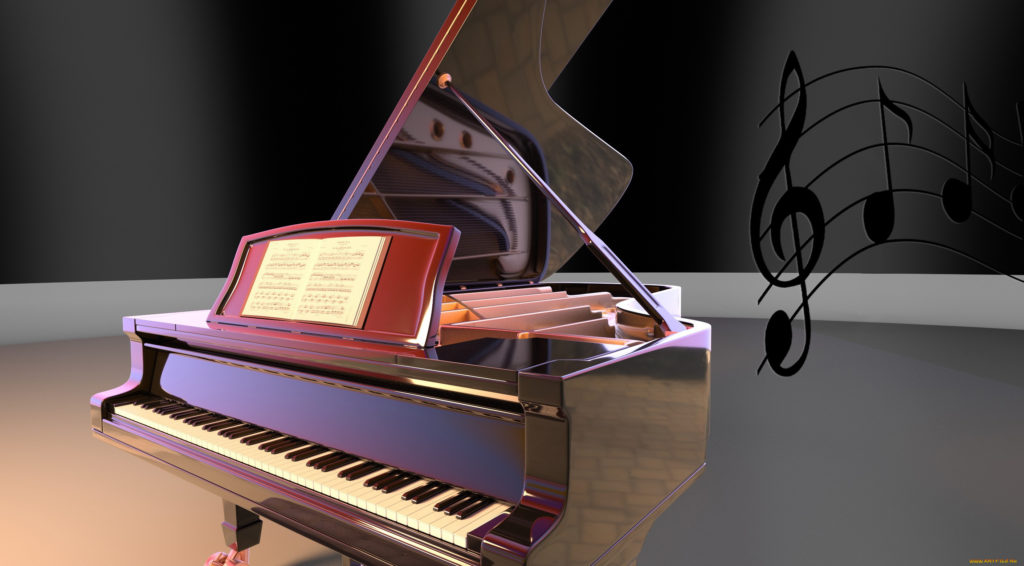
Sam Martin GP-158B
Country of origin China.
Price - 690,000 rubles.
An acoustic concert grand piano will be a good purchase for people who love and appreciate high-quality sound and playing the instrument.
- appearance;
- quality strings made in Japan by Mitsubishi;
- tuning pegs made of durable steel;
- installed German FFW hammers;
- covering the keys with mahogany veneer, in combination with MDF;
- tool frame made of aluminum alloy;
- maple stump;
- spruce resonance soundboard;
- three pedals ("Piano", "Moderato", "Ped");
- the instrument keyboard is highly accurate;
- the distance between the keys is minimal;
- the keys are covered with an antimicrobial coating, made of quality wood.
- not.
Becker CBGP-168PW
Country of origin - China.
Price - 854,905 rubles.
White, luxurious grand piano of the famous Becker company. The sound is rich and deep, you just fall in love with it from the first sound.
Musical instruments of this brand have been created and continue to be created according to the principles and traditions of Europe. All their instruments are tested against the requirements and standards of the comprehensive German assessment system.
It is precisely because of this that the sound coming from the grand pianos of this company is accurate and deep, it is the key to the natural and balanced sound of keyboards.
Every element and detail of the musical instruments of this brand makes a significant contribution to the sound. The timbre of the pianos is colorful and rich, due to the use of high-quality parts and materials in their production, the mechanism is carefully tuned and regulated.
Experienced craftsmen, professionals in their field work on tuning the pianos.
For the grand pianos of this brand, the soundboard is made from high quality spruce varieties. This wood is aged for more than 7 years before being used for production.
The Becker grand pianos are equipped with a solid iron frame, which is covered with a matte gold color. The frame is manufactured using vacuum casting technology, which provides strength, stability and smoothness.
The keyboard of the keyboard is made of multilayer wood, which is heat-treated. The keys are matt and treated with a special solution that prevents slipping.
Virbeli of these grand pianos are made according to modern European technology. Their special design provides precise spacing and tension, which allows you to achieve a rich and bright timbre and sound of a grand piano.
- appearance;
- the complete set includes a cover and a microfiber cloth for delicate care;
- there is a bench;
- snow-white color, polished;
- the deck is made from selected varieties of spruce;
- maple stump;
- the hammers are covered with soft felt of the German company Filzfabrik Wurzen;
- the core of the hammers is hard;
- maple mechanics combined with felt;
- the strings are hand-wound copper;
- the cover has a built-in hydraulic system, smooth running;
- the cover is safe and durable, very comfortable;
- bottom layer of the outer surface of melamine polyester;
- smooth coating;
- great weight.
Pearl River BGP160A A111
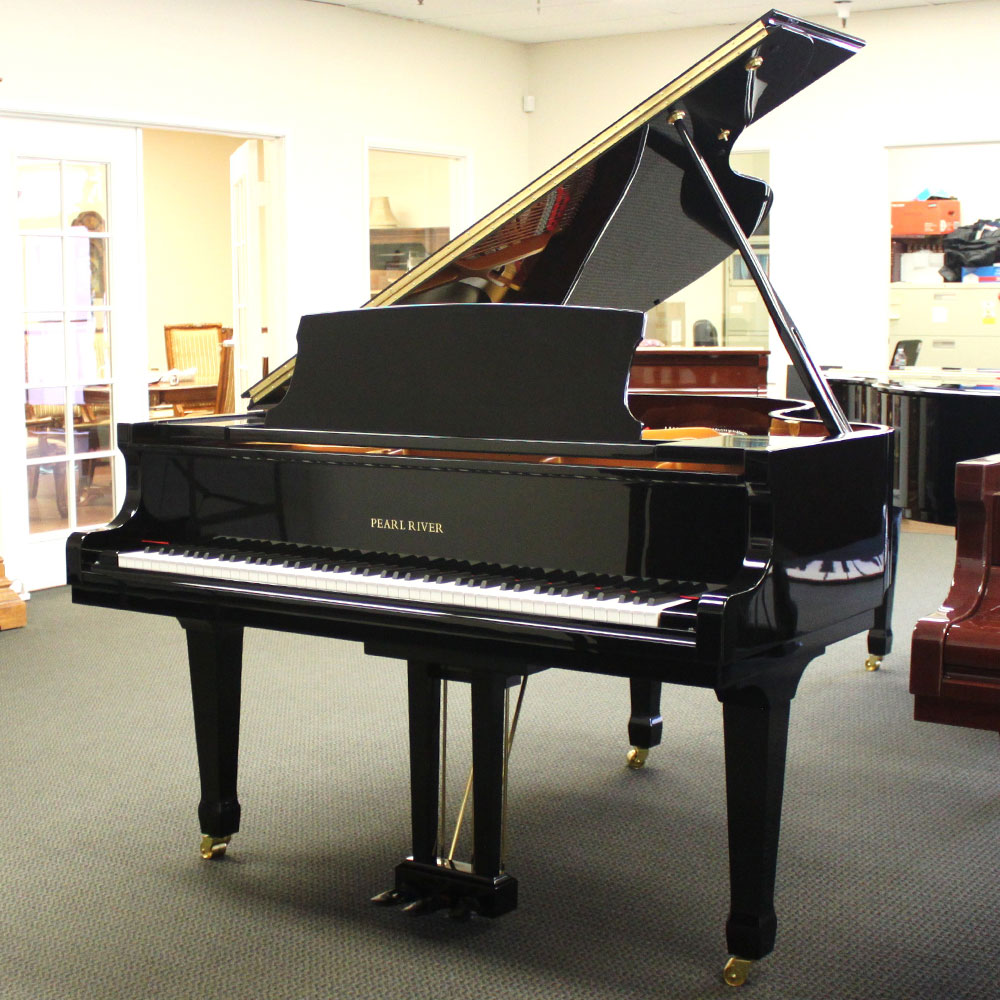
Country of origin - China.
Price - 735 430 rubles.
Polished, large and very beautiful piano in black, popular by Pearl River. The grand pianos of this popular brand are distinguished by excellent sound and high quality materials. The tools of this manufacturer are distinguished by a long service life and reasonable prices for such a product.
For the production of pianos, the manufacturer uses high-quality maple wood, which undergoes a hardening process. Together with high-quality elements of mechanics, a wonderful musical instrument is recreated.
Selected woods are used for the piano deck, resulting in a balanced sound, deep and rich.
For strings, the manufacturer uses copper wrapping, the strings are strong and can withstand tension. The body of the piano is made in a classic black color, the surface is perfectly polished.
Pearl River works tirelessly to improve the quality of its certified products. For many years he has been closely cooperating with the German grand piano designer Lothar Tomma.
- the deck is made of high quality wood;
- Renner hammers and mechanism;
- premium tool;
- there is an output for connecting headphones.
- no cover for the keyboard;
- no key backlighting.
TOYO HAMAMATSU NA148
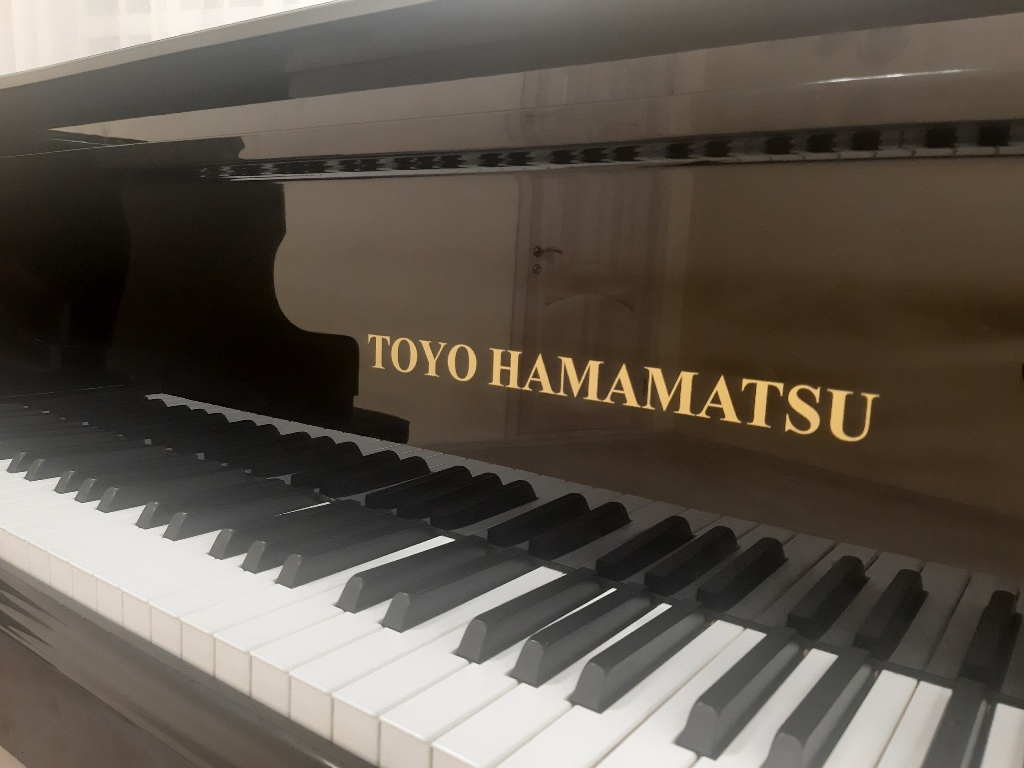
Country of origin Japan.
Price - 825,000 rubles.
The grand piano is executed in a classic style in a chic and rich black color. High-quality spruce wood was used for the manufacture, the keyboard is accurate, the distance between the keys is minimal, covered with an antimicrobial agent. Such a musical instrument will not be able to leave anyone indifferent, neither true music lovers nor professionals.
The company has a lot of experience and know the secrets to make the piano sound perfect. He uses high-quality wood and components for his appliances. The foot, spreaders and decks are made from solid pine wood.
- appearance;
- one-piece frame, cast iron;
- beech virbelbank;
- pinwheels are made of steel and covered with a nickel-plated composition;
- the keyboard is full-sized, original;
- the product is certified;
- built-in three pedals;
- sound accuracy;
- timbre and volume.
- not.
Weber Professional Grand W150
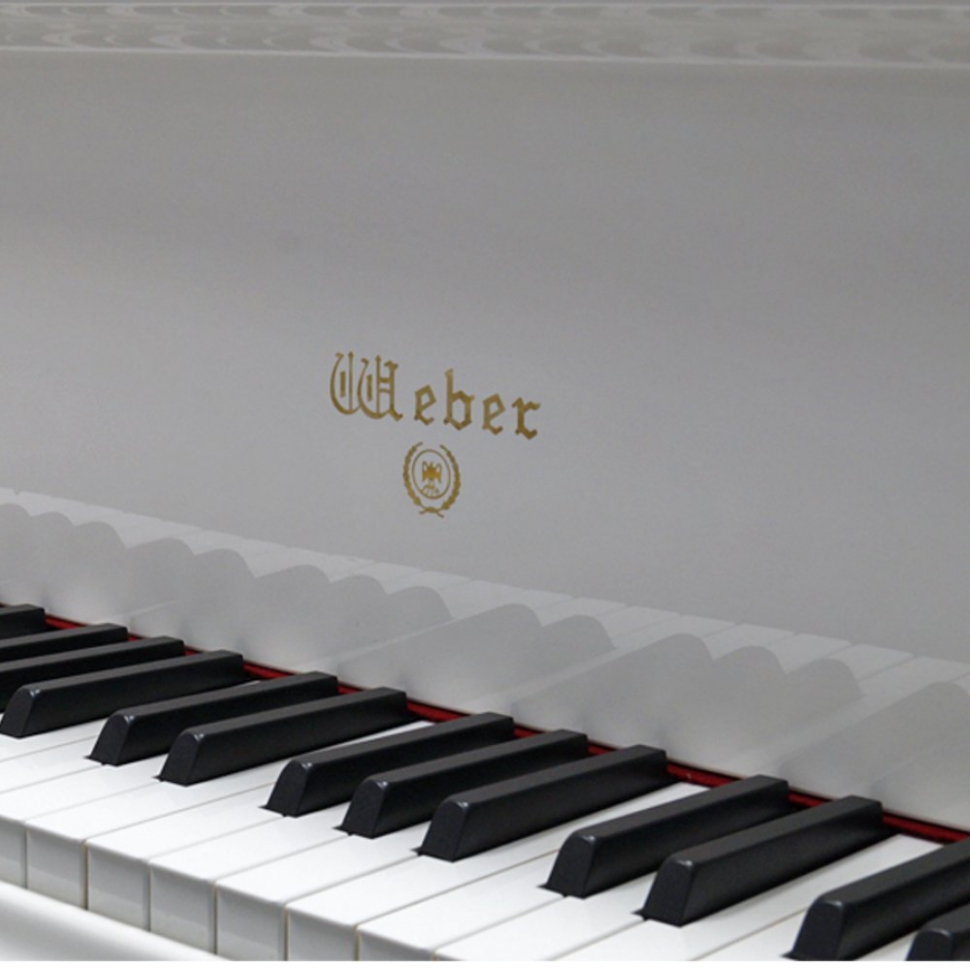
Country of origin - China.
Price - 784,000 rubles.
This model of a Weber grand piano belongs to the compact, its length is 150 cm. Due to its compact dimensions, it will easily become a decoration of a small living room. Despite the parameters, the sound of the grand piano is rich and full, the listeners will certainly enjoy the music.
For manufacturing, the manufacturer uses high-quality materials and the latest equipment. Decks and rips are made from spruce wood grown in the harsh northern regions. Mechanical elements are distinguished by their precision and long service life.
For the keys, the manufacturer uses wood species that have high elasticity, the musician only needs to touch the keyboard lightly, and the grand piano will make an amazing sound.
For the manufacture of hammers, maple, walnut or mahogany wood is used. After that, they are all covered with high-quality and soft felt. All this technology provides not only flawless sound, but also instant response to the touch of a musician's fingers.
These grand pianos do not require constant tuning thanks to the maple wood, which has a high degree of rigidity. The frame is one-piece, cast iron.
- price-quality ratio;
- fits perfectly into the interior;
- elegant appearance;
- there are three pedals;
- the frame is made of cast iron by vacuum casting, durable, reliable;
- Virbelbank is made of 17-layer maple board;
- the hammers are covered with felt;
- system "Soft Glide".
- not.
Bechstein Academy A 160
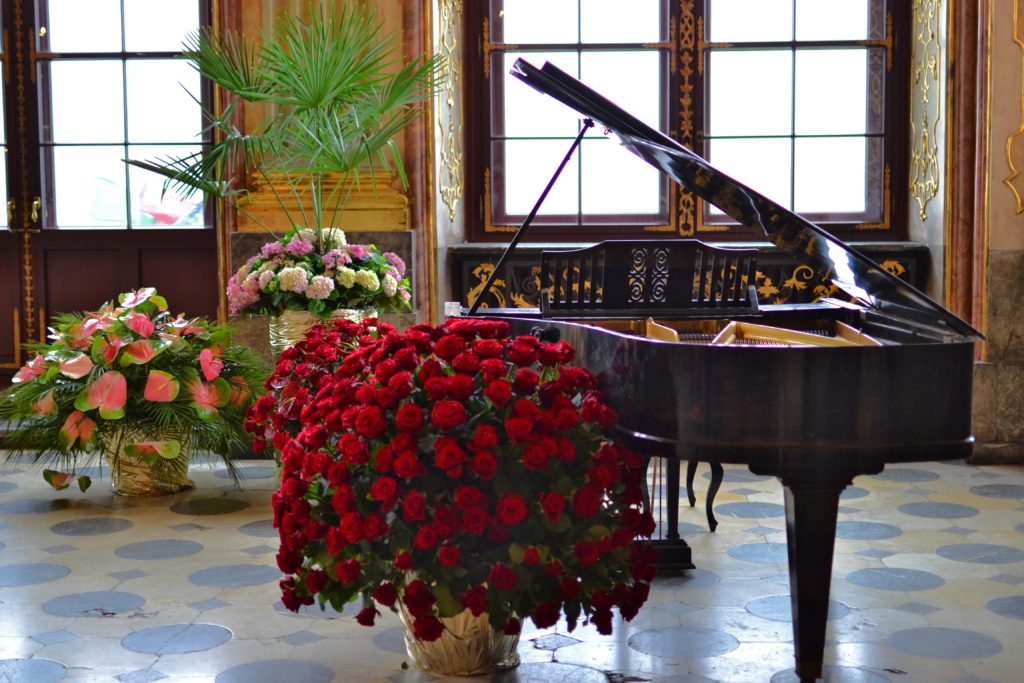
Country of origin - Germany.
Price - 3,009,900 rubles.
Such a grand piano will fulfill any musician's wishes. Its difference is in its harmonious sound, which is rich in overtones. The mechanism is precise, the elements are of high quality and reliable.
The grand piano belongs to the premium class, has a fine-tuned acoustic and game mechanism. Deck made of fine-grained mountain spruce. Body made of quality beech, pine or mountain spruce wood.
- gorgeous view;
- German quality;
- white glossy color;
- accurate and loud sound;
- forest beech stakes;
- virbelstock - made of hard wood;
- the keys are strong and durable;
- the mechanics are complex, high-quality elements;
- proprietary development;
- quality certificate;
- individual intonation of the timbre;
- clear, transparent, rich in tones sound.
- sophisticated coating technology with a mirror finish.
- high price.
Kawai ex
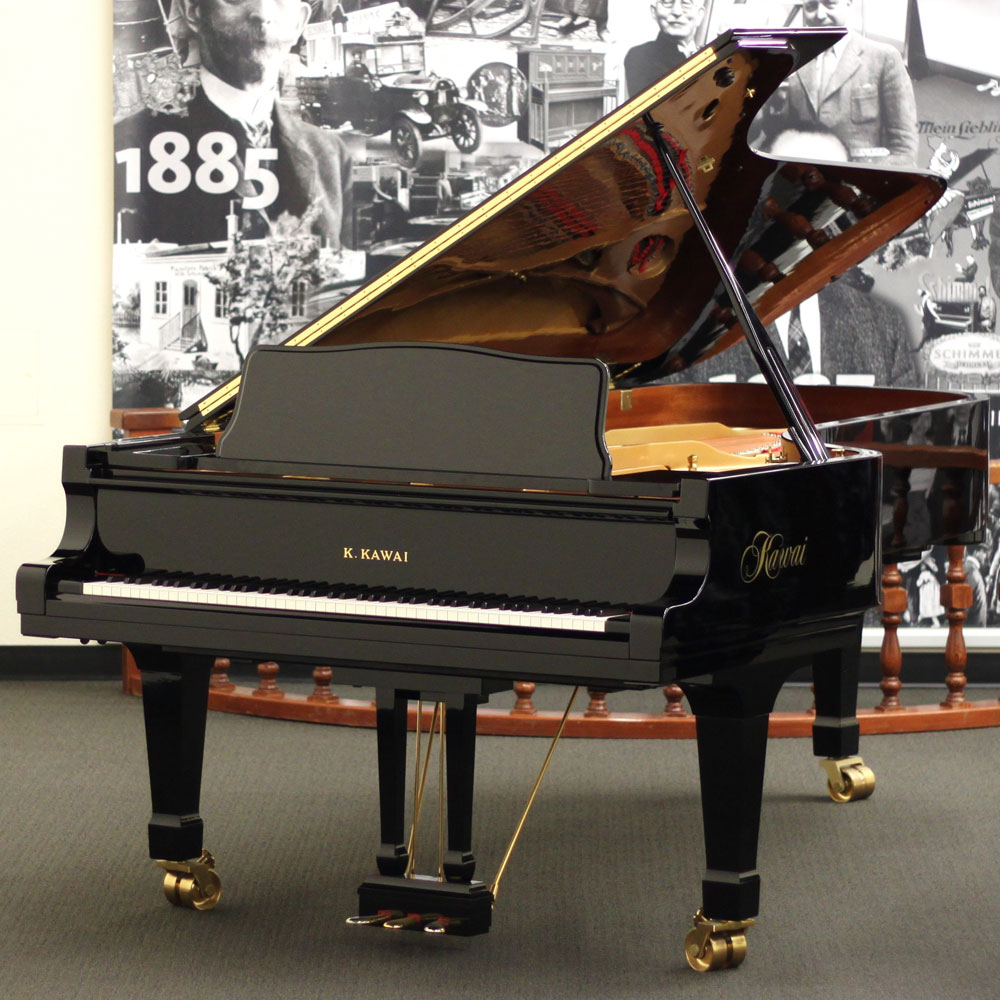
Brand: Kawai, Japan.
Price - 5,990,000 rubles.
This is a real handsome, big and perfect grand piano. Suitable for large concerts held in huge halls. Japanese craftsmen worked on its production, checked the accuracy of sound, the quality of materials and elements.It certainly deserves attention, is made in a modern style, at the same time serious, inimitable, it is beyond competition. Their number is limited, the company produces no more than 12 copies per year. This is a legendary grand piano, its weight is 500 kg, it can be moved using brass casters. He is the dream of many musicians, and to possess him is real happiness.
- impeccable German quality;
- quality materials;
- exclusive assembly;
- good wood deck;
- proprietary development;
- durable keys;
- long service life;
- quality and conformity certificate;
- the sound is clean, transparent, rich.
- high quality.
Conclusion
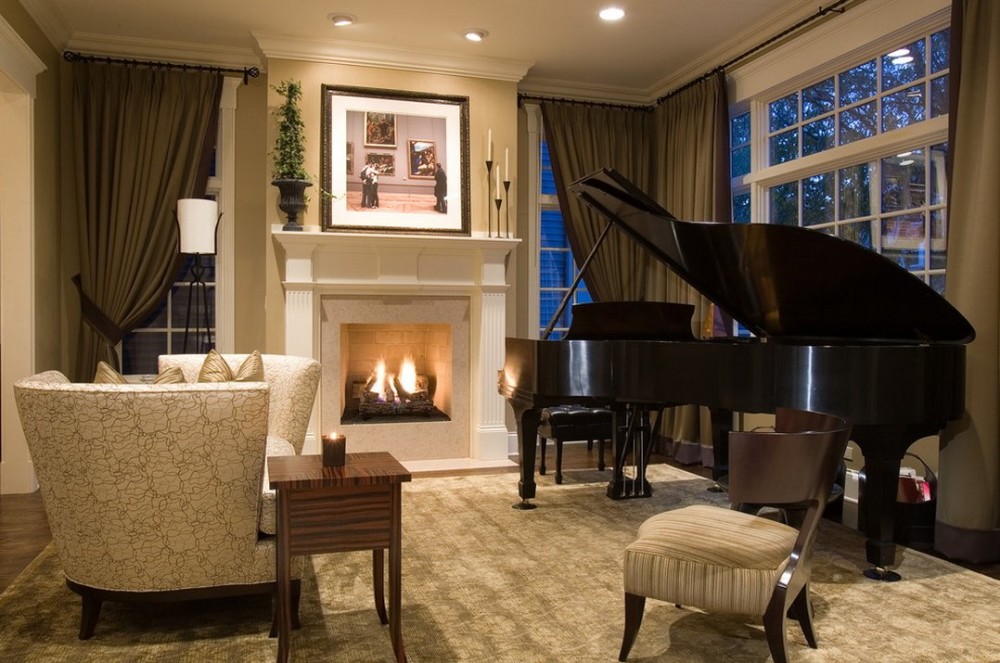
A moment of relaxation and relaxation is often associated with the world's most recognizable classical instrument - the grand piano. People need music in moments of joy and sadness, a grand piano from leading manufacturers will allow you to enjoy and get real pleasure.
new entries
Categories
Useful
Popular articles
-

Top rating of the best and inexpensive scooters up to 50 cubic meters in 2020
Views: 97661 -

Rating of the best materials for noise insulation for an apartment in 2020
Views: 95022 -

Rating of cheap analogues of expensive drugs for flu and colds for 2020
Views: 91751 -

The best men's running shoes in 2020
Views: 87681 -

Top ranking of the best smartwatches 2020 - price-quality
Views: 85091 -

Best Complex Vitamins in 2020
Views: 84801 -

The best dye for gray hair - 2020 top ranking
Views: 82406 -

Rating of the best wood paints for interior use in 2020
Views: 77202 -

Ranking of the best action cameras from China in 2020
Views: 75269 -

Rating of the best spinning reels in 2020
Views: 74827 -

The most effective calcium supplements for adults and children in 2020
Views: 72463 -

Top rating of the best means for male potency in 2020 with a description
Views: 68296


